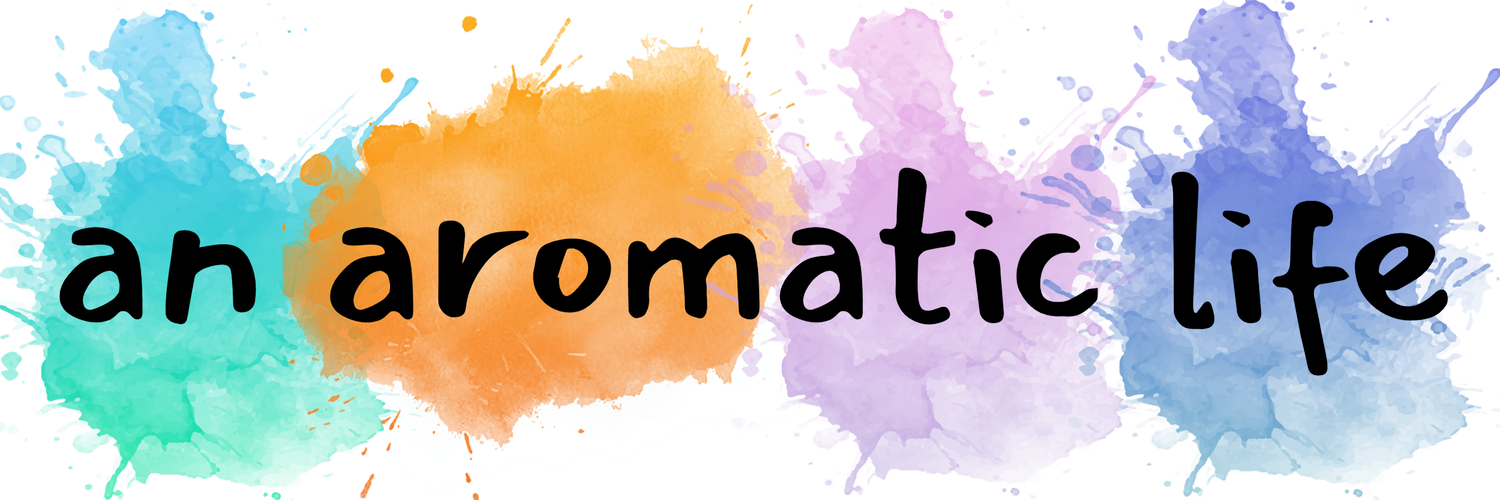Smell Health
Having a healthy sense of smell is measured by three key factors:
ODOR THRESHOLD (SENSITIVITY)
Having the ability to detect odors, notably at low levels.
“Ah, I can smell that!”
This helps you to better detect dangers like gas leaks, smoke, and environmental toxins, while also giving you more intimacy with loved ones, stimulating your appetite for nutritious eating, and ensuring awareness of personal hygiene.
ODOR IDENTIFICATION
Having the ability to recognize an odor correctly when you smell it.
“Ah, that’s a lemon!”
This helps with higher cognitive functions like language, semantic and working memory, as well as perception.
ODOR DISCRIMINATION
Having the ability to differentiate between two varying odors.
”Ah, that’s a lemon scent and that’s an orange scent!”
This similarly helps with cognitive functions like language and memory, while also helping with spatial awareness, assessing your environment, incl. sensing dangers, appreciating the flavor in foods, and helping you to evaluate social situations.
How Can Smell Training Help?
“Exercise For Your Olfactory System”
Through a series of targeted, repetitive smelling exercises, you can work your ‘smell muscle’ for the above key factors from various angles
Think of it like exercising your physical muscles.
You might lift heavy weights to strengthen your muscles.
(for your smell muscle it’s building odor threshold)
You might do sets of bicep curls to increase muscle mass.
(for your smell muscle it’s building odor identification)
You might use resistance bands to tone muscle.
(for your smell muscle it’s building odor discrimination)
The 3 Tiers of Smell Training
Primary
Training for odor threshold / sensitivity promotes olfactory awareness.
It’s all in the nose.
Odor detection takes place when odors in your environment reach the olfactory epithelium, specifically the olfactory receptor neurons (ORNs), at the top of your nose. Humans have more than 10-20 million of these ORNs, which can detect more than 1 trillion odors. They are replaced about every 4-6 months (this regeneration slows with age and stops when you lose your sense of smell).
Smelling exercises can help promote the regenerative process by stimulating the ORNs with various odors & concentrations.
Secondary
Training for odor identification promotes olfactory memory.
From chemical to electrical.
Next you want to ensure those ORNs make the right connections within the olfactory bulb, the first relay station to the olfactory system. You want the neurons to connect in the right spot so you identify the smell correctly, meaning that you smell lemon when you hold lemon to your nose, and you can say “Ah, that’s lemon!”
Smelling exercises can reinforce olfactory neural connections in the brain by not only stimulating the ORN’s with various odors but also engaging the cerebral cortex through language and memory.
Tertiary
Training for odor discrimination promotes olfactory differentiation.
Compare and contrast.
Lastly you want to ensure the synapse from the olfactory bulb to the olfactory cortex in the brain connects in the right way. Here the initial neural representation of an odor and the encoding of its molecular features is made, as well as the holistic odor object formation, hedonic quality coding, and categorization is made.
Smelling exercises can build olfactory discernment to allow you to better tell things apart and make comparisons.






